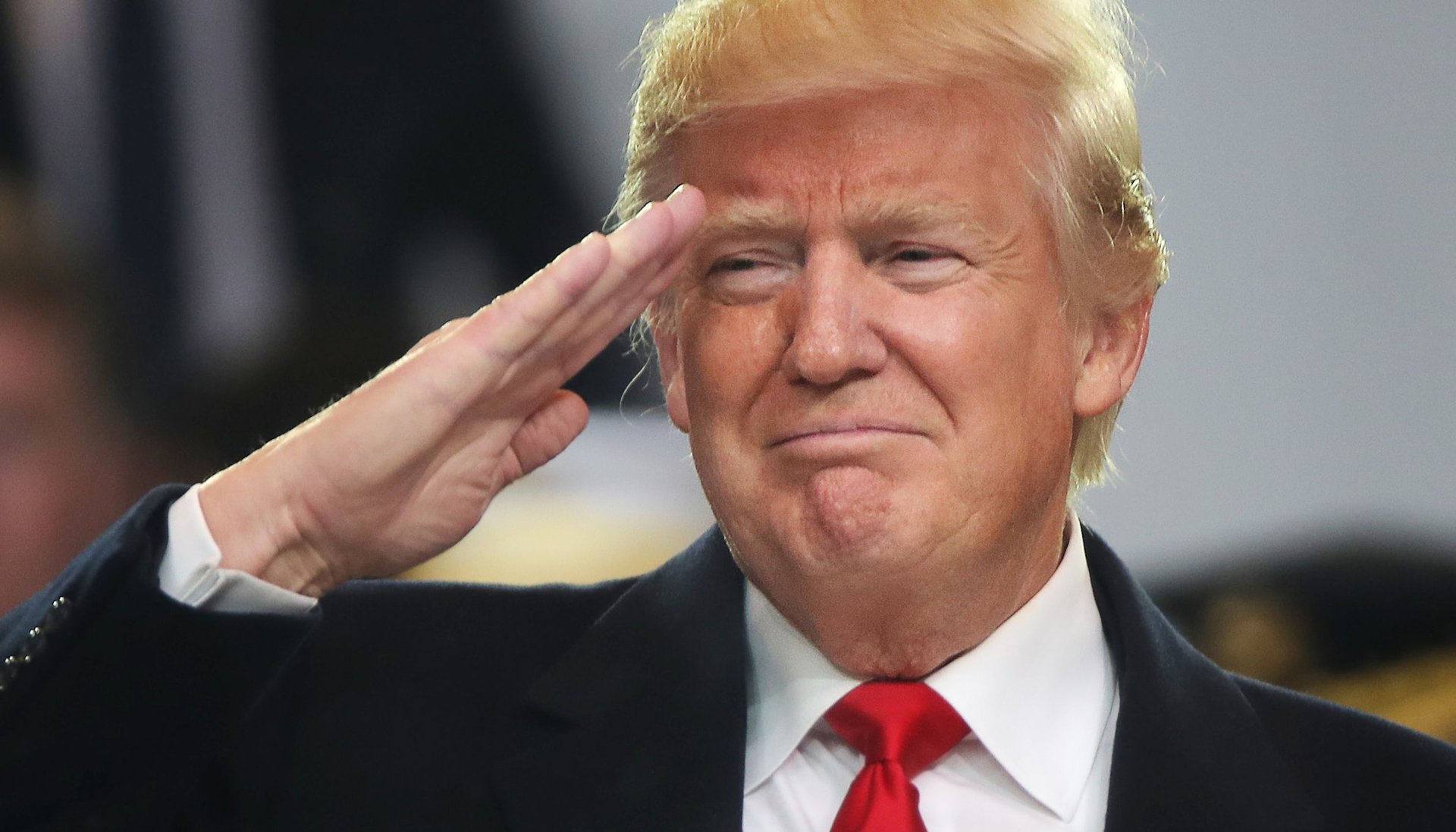Two big things that aren’t changing after Donald Trump’s tweets on his transgender military ban
Donald Trump’s hasty July 26 announcement on Twitter saying he would ban transgender people from the US armed forces appears to overlook important realities, including this one: He hasn’t told the Pentagon.


Donald Trump’s hasty July 26 announcement on Twitter saying he would ban transgender people from the US armed forces appears to overlook important realities, including this one: He hasn’t told the Pentagon.
The chairman of the Joint Chiefs of Staff, Marine general Joe Dunford, told US military leaders there is no change in how they are to behave toward transgender members, reports Politico.
“I know there are questions about yesterday’s announcement on the transgender policy by the President,” Dunford wrote, according to Politico. “There will be no modifications to the current policy until the President’s direction has been received by the Secretary of Defense and the Secretary has issued implementation guidance.”
The commander-in-chief’s failure to fill in his top generals means there’s no immediate shift in US policy. But another thing that isn’t changing is that most transgender Americans have to register for the military draft.
The Selective Service System (SSS) exists to ensure that, should the US need to raise a big army in a crisis, it has a list of names to draft. It mandates registration for “almost all male US citizens and male immigrants, who are 18 through 25.”
“Almost all” really does mean almost all: It includes the disabled (unless they can’t move around independently), the mentally ill (unless they are in a psychiatric institution), and criminals (unless they are in prison). It also includes (pdf) “US citizens or immigrants who are born male and have changed their gender to female.” This doesn’t mean they would necessarily be drafted in wartime—it just gives the government the option.
The FAQs on the SSS website explain further:
Individuals who are born female and changed their gender to male are not required to register. US citizens or immigrants who are born male and changed their gender to female are still required to register…
In the event of a resumption of the draft, individuals born male who have changed their gender to female can file a claim for an exemption from military service if they receive an order to report for examination or induction.
Though the US has not had the draft in effect since 1973, Selective Service registration has functions beyond conscription. To receive federal financial aid for college, enter federal job-training programs, or be employed by the US government, men 18 through 25 must register. (Failure to register can carry a penalty of five years in prison and $250,000 in fines, but prosecutions are extremely rare.)
Congress is considering whether women should face the same requirement. Not being required to register doesn’t mean they can’t serve; indeed the Obama administration opened all combat roles to women in 2016. But Republicans have blocked plans to make draft registration obligatory for women; a federal commission is reviewing whether to make that change part of any revisions to the system.
In April, Trump offered his own “principles of reform” for Selective Service. His only mention of gender is a call for inclusiveness (our emphasis):
In conducting the Commission’s review and in developing recommendations, the Commission should ensure close examination of…the feasibility and advisability of modifying the Selective Service process to leverage individuals with critical skills for which the Nation has a need without regard to age or sex…
Any system…should draw upon the Nation’s diversity by ensuring qualified United States youth across all demographics have the opportunity to participate in military, national, and public service…
Sounds like the same man who said—as a presidential candidate—that he would have no problem with Caitlyn Jenner using the bathroom of her choice at Trump Tower. But it seems wouldn’t want her in his army.